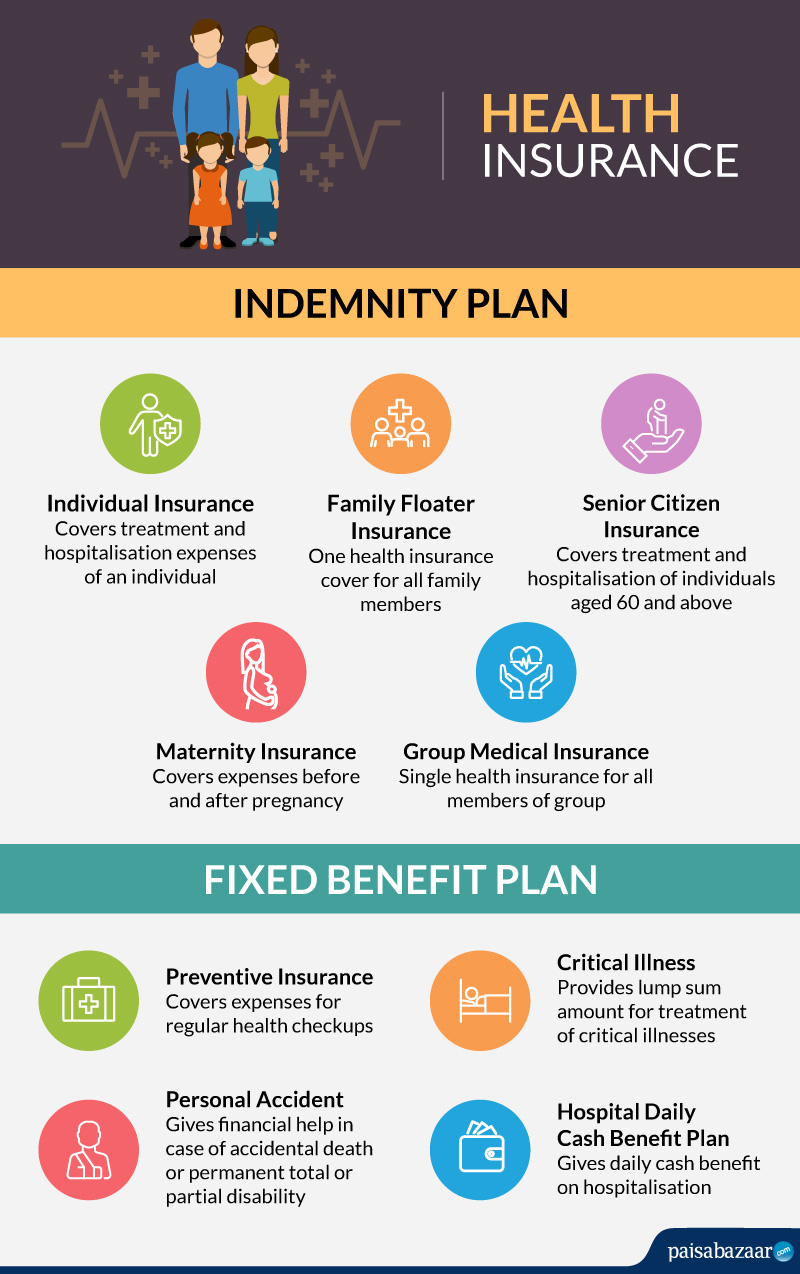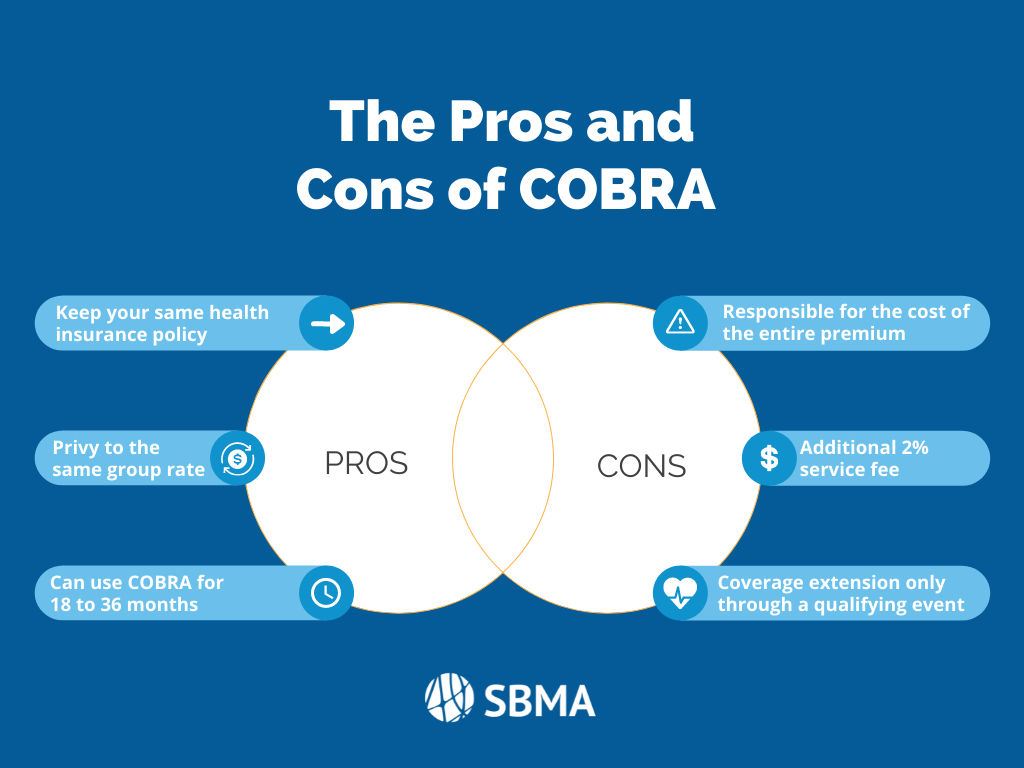Rumored Buzz on Medicare Advantage Agent
Wiki Article
Medicare Advantage Agent for Dummies
Table of ContentsTop Guidelines Of Medicare Advantage AgentA Biased View of Medicare Advantage AgentHow Medicare Advantage Agent can Save You Time, Stress, and Money.

complies with from perplexing the fairly young age profile of the without insurance with the much better health, on average, of more youthful persons. This covers the web link in between wellness status and wellness insurance policy. For those without accessibility to workplace health insurance policy, inadequate health and wellness is a prospective obstacle to buying nongroup coverage due to the fact that such coverage might be extremely priced, omit preexisting problems, or be simply inaccessible. The number of without insurance Americans is not especially huge and has actually not changed in recent times. 7 out of 10 respondents in an across the country representative study believed that less Americans did not have health and wellness insurance than really do(Fronstin, 1998). About fifty percent(47 percent )thought that the number of individuals without wellness insurance lowered or remained consistent over the last fifty percent of the last years(Blendon et al., 1999). This drop of virtually 2 million in the number of individuals 'without insurance coverage (a decrease
of around 4 percent)is certainly a positive adjustment. With a softer economic climate in 2000 the current reported gains in insurance coverage may not continue(Fronstin, 2001 ). The decline in the number of without insurance will not continue if the economic situation remains slow and healthcare costs remain to exceed inflation. This is since the information were accumulated for a duration of solid financial performance. Of the estimated 42 million individuals that were without insurance, almost concerning 420,000(regarding 1 percent)were under 65 years of age, the age at which most Americans come to be eligible for Medicare; 32 million were adults in between ages 18 and 65, around 19 percent of all adults in this age; and 10 million were kids under 18 years of age, about 13.9 percent of all children (Mills, 2000). These price quotes of the number of persons without insurance are produced from the yearly March Supplement to the Present Population Survey (CPS), carried out by the Census Bureau. Unless otherwise noted, nationwide quotes of individuals without medical insurance and proportions of the populace with various type of insurance coverage are based on the CPS, one of the most commonly made use of source of quotes of insurance protection and uninsurance prices. These studies and the estimates they produce are described briefly in Table B. 1 in Appendix B - Medicare Advantage Agent. These surveys differ in dimension and tasting methods, the inquiries that are asked regarding insurance policy
Not known Facts About Medicare Advantage Agent
coverage, and the time duration over which insurance policy protection or uninsurance is measured(Lewis et al., 1998, Fronstin, 2000a ). Still, the CPS is particularly helpful due to the fact that it produces annual quotes fairly promptly, reporting the previous year's insurance policy protection approximates each September, and due to the fact that it is the basis for a constant set of quotes for greater than 20 years, permitting for analysis of patterns in insurance coverage over time.
The 10-Second Trick For Medicare Advantage Agent
Over a three-year duration starting early in 1993, 72 million people, 29 percent of the U.S. populace, lacked insurance coverage for a minimum of one month. Within a single year(1994), 53 million individuals experienced a minimum of a month without protection(Bennefield, 1998a). 6 out of every ten uninsured grownups are themselves employed. Although functioning does boost the probability that one and one's member of the family will certainly have insurance, it is not a guarantee. sites Even participants of family members with two permanent breadwinner have virtually a one-in-ten chance of being uninsured (9.1 percent uninsured rate)(Hoffman and Pohl, 2000 ). The partnership in between medical insurance and accessibility to care is well developed, as recorded later in this chapter. Although the connection in between medical insurance and health results is neither direct neither simple, a substantial professional and health services study literary works web links medical insurance protection to enhanced access to care, much better quality, and boosted individual and populace health status. The second record, on individual wellness results for uninsured grownups, is stood for by the innermost circle of the figure, while the third record, on family members health, encompasses the topics of the 2nd report but stresses a different system of evaluation, specifically, the family. The 6th record in the series will certainly provide info about techniques and campaigns embarked on locally, statewide, or across the country to address the absence of insurance and its adverse influences. Levels of evaluation for taking a look at the effects of uninsurance. This conversation of health and wellness insurance protection focuses primarily on the U.S. populace under age 65 since virtually all Americans 65 and older have Medicare or various other public coverage.
Furthermore, it focuses particularly on those without any type of health and wellness insurance policy for any kind of size of time. The issues dealt with by the underinsured are in some aspects comparable to those dealt with by the without insurance, although they are generally less extreme. Uninsurance and underinsurance, nevertheless, include noticeably various plan concerns, and the approaches for addressing them might differ. Throughout this study and the five reports to comply with, the primary focus gets on persons without medical insurance and hence no assistance in paying for wellness care past what is available with charity and safeguard institutions. Medical insurance is an effective element affecting invoice of care because both people and medical professionals reply to the out-of-pocket cost of services. Medical insurance, nonetheless, is neither essential neither enough to get accessibility to medical solutions. However, the independent and direct impact of health and wellness insurance policy protection on access to wellness services is well developed. Others will acquire the health treatment they require also without medical insurance, by paying for it out of pocket or seeking it from carriers that offer treatment totally free or at extremely subsidized prices. For still others, medical insurance alone does not ensure invoice of treatment since of various other nonfinancial barriers, such as a lack of healthcare providers in their neighborhood, minimal accessibility to transportation, illiteracy, or linguistic and social distinctions. Official study about without insurance populations in the United States dates to the late 1920s and very early 1930s when the Board on the visit this web-site Expense of Healthcare generated a series of reports concerning funding physician office sees and hospitalizations. This concern became prominent as the numbers of medically indigent climbed during the Great Anxiety. Empirical research studies regularly support the web link in between access to care and improved health and wellness results(Bindman et al., 1995; Starfield, 1995 ). Having a routine source of care can be thought about a forecaster of accessibility, instead of a direct measure of it, when health and wellness outcomes are themselves made use of as gain access to indicators. This extension of the concept of access dimension was made by the IOM Board on Checking Accessibility to Personal Healthcare Provider(Millman, 1993, p. Whether parents are insured appears to affect whether their children receive treatment in addition to how much careeven if the children themselves have insurance coverage(Hanson, 1998). The wellness of parents can affect their capacity to care for their youngsters and the degree of household anxiety. Stressing over their children's access to care is itself a resource of anxiety for parents. Three phases adhere to in this report. Phase 2 supplies a review of just how employment-based medical insurance, public programs and specific insurance plan operate and communicate to offer comprehensive but incomplete coverage of the united state populace. This includes an evaluation of historic patterns and public laws influencing look at here now both public and private insurance policy, a conversation of the interactions amongst the different types of insurance, and an assessment of why people relocate from one program to one more or finish up

Report this wiki page